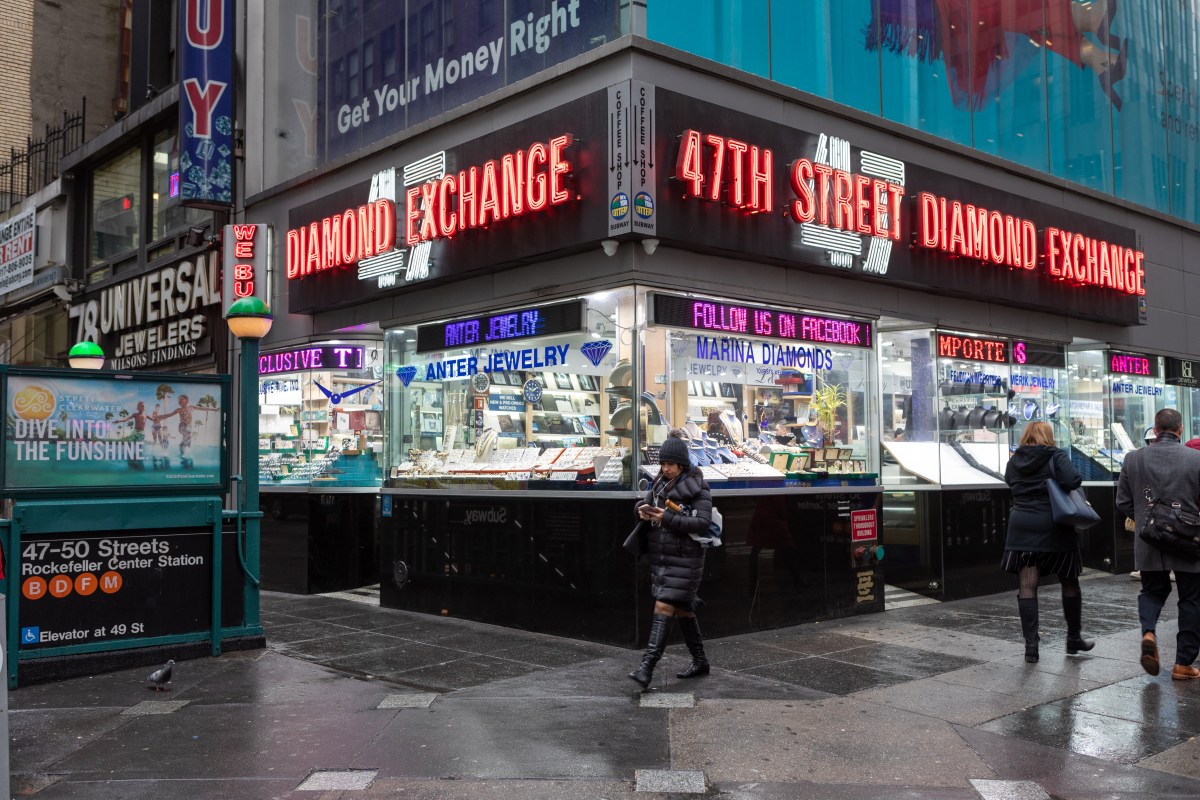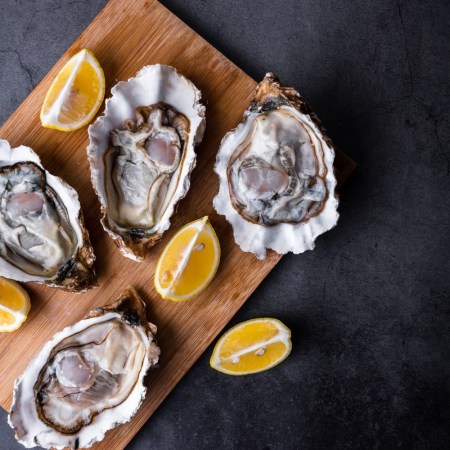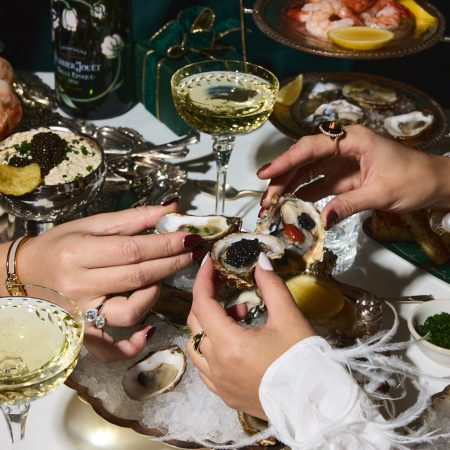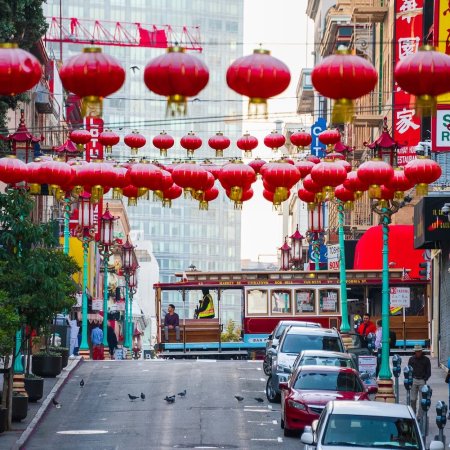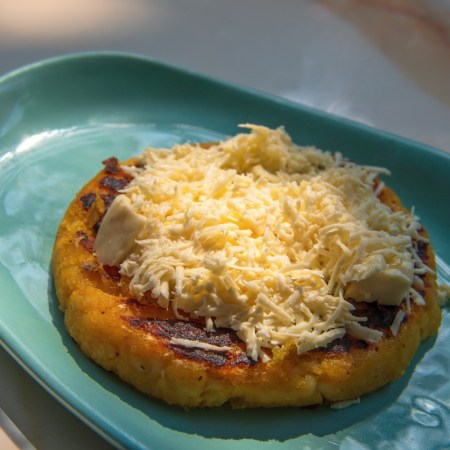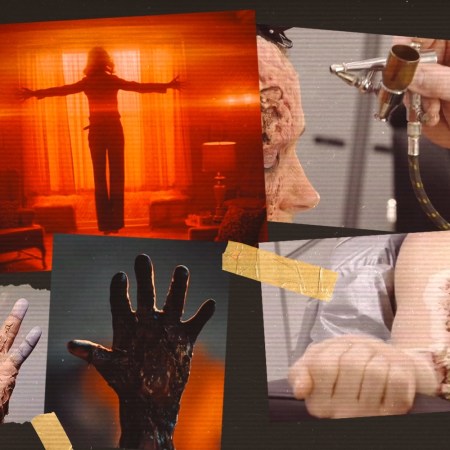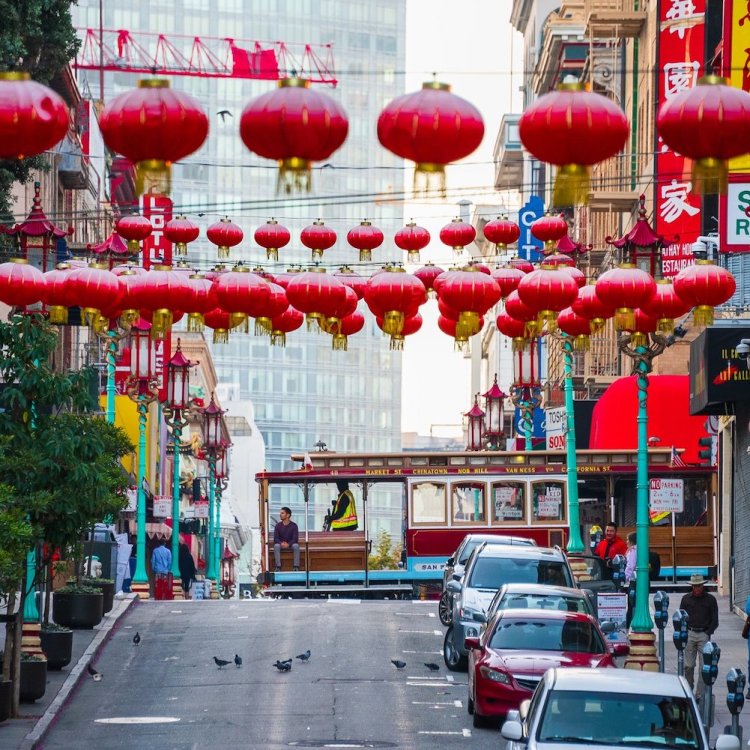I can understand when people tell me they try to avoid Midtown at all costs. Between guys trying to push their rap CDs into your hands, clueless people from Iowa taking selfies with a guy dressed in a bedraggled Elmo costume and the smell of Nuts 4 Nuts getting stuck in your nose for hours, it doesn’t make for the most enjoyable afternoon.
Yet what I’ve found over time is that Midtown, from a little above Flatiron up to about Central Park, is the most old-school-New-York part of Manhattan we have left. Sure, you have to deal with all of those deterrences, but you also have lots of little holes-in-the-wall serving everything from the best Cuban food in the borough to vintage red-sauce spots. Midtown can go high and expensive when it comes to food, but it can also be affordable and relaxed.
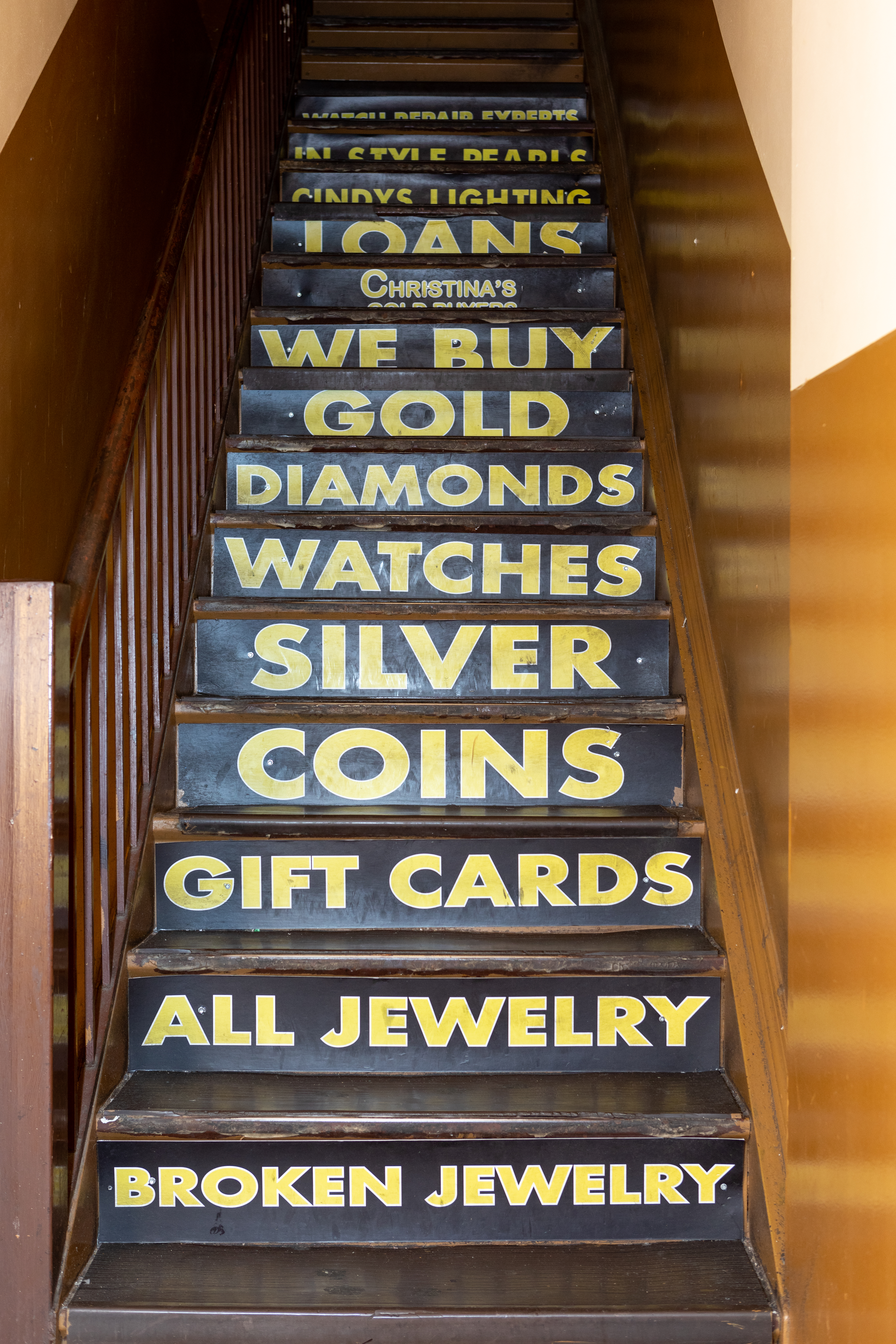
Of all the neighborhoods in the area, hardly anybody would use those words to describe the Diamond District, the block of West 47th between Fifth and Sixth that serves as the perfect backdrop for the Safdie brothers new modern classic, Uncut Gems. The film’s frenetic pace and nervous energy owe to a variety of factors: Adam Sandler’s Oscar-worthy turn as gem dealer/compulsive gambler Howard Ratner, Darius Khondji’s vertiginous camerawork, yet another soaring score from frequent Safdie collaborator Oneohtrix Point Never. But it’s also hard to imagine the bulk of the film taking place in any other part of the city.
“It’s fast here,” a guy named Uri tells me. Uri doesn’t want to tell me his last name, and I sort of assume that Uri isn’t really his first the way he thinks for a second then smiles when he relays it. He’s either from Israel or spent a lot of his life there — I can tell by the accent that’s part-Queens or Brooklyn and part-Zohan.
Uri is filled with nervous energy and twitching as he takes a drag off a cigarette. It’s a weird neighborhood. One that is out there in the open, but deeply secretive due to the nature of the trade being well, sort of sketchy. Just see Ratner explaining how he came to possess the black opal Kevin Garnett wants to own to help his game. People will swat your phone away if they think you’re taking a photo of them. Hebrew, Yiddish, Russian, Arabic, Spanish and some English flow freely from all directions. People yell into their phones and lights flash and pulse all up and down the street in hopes of luring in prospective buyers. Uri seems bored enough that he’d talk to me, maybe give me some suggestions for places I might not know about, but he tells me everything in the neighborhood is closing up. “Nobody wants to be here. They want Soho. Look at this place.”
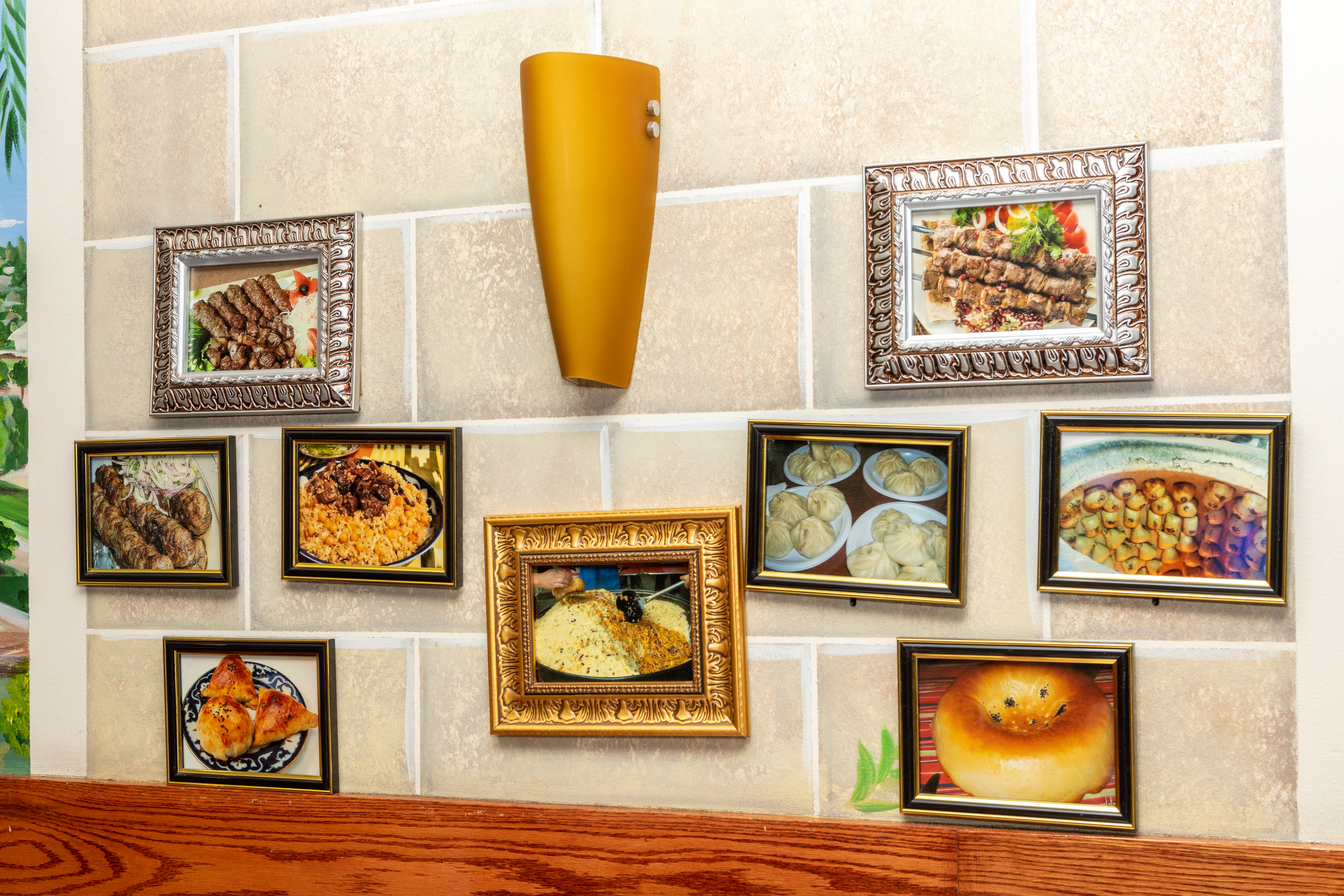
It’s sort of understandable: Things are boarded up. Old neon signs are missing a few light bulbs. There’s lots of scaffolding. That is to say the Diamond District doesn’t exactly shine.
But it does hold at least one of Manhattan’s culinary surprises: Taam Tov, a place that serves up a mishmash of foods that some might group under the umbrella of “Jewish,” but that’s really not the right phrasing. “Of the diaspora” is more like it. After walking up four flights of creaky stairs, you can get your borscht and stroganoff, the stuff you might find if you venture out to more Russian or Ukrainian neighborhoods like Brighton Beach in Brooklyn. Taam Tov does a really rich, meaty bowl of borscht, and the pelmeny — dumpling soup — is a worthy rival. But you really go to Taam Tov for the takes on Middle Eastern and Eurasian dishes. The lamb kebabs are a must, and I always go for the side of kasha. The other must is the Uzbek-style pilaf. The saffron and cumin hit your nose from a few feet away as the server brings it to the table, and once it’s in front of you, it’s hard not to wolf down the big chunks of beef and carrots mixed in with rice — as long as you have any room left in your stomach. Also, drink a ton of water. Taam Tov doesn’t go light on the salt.
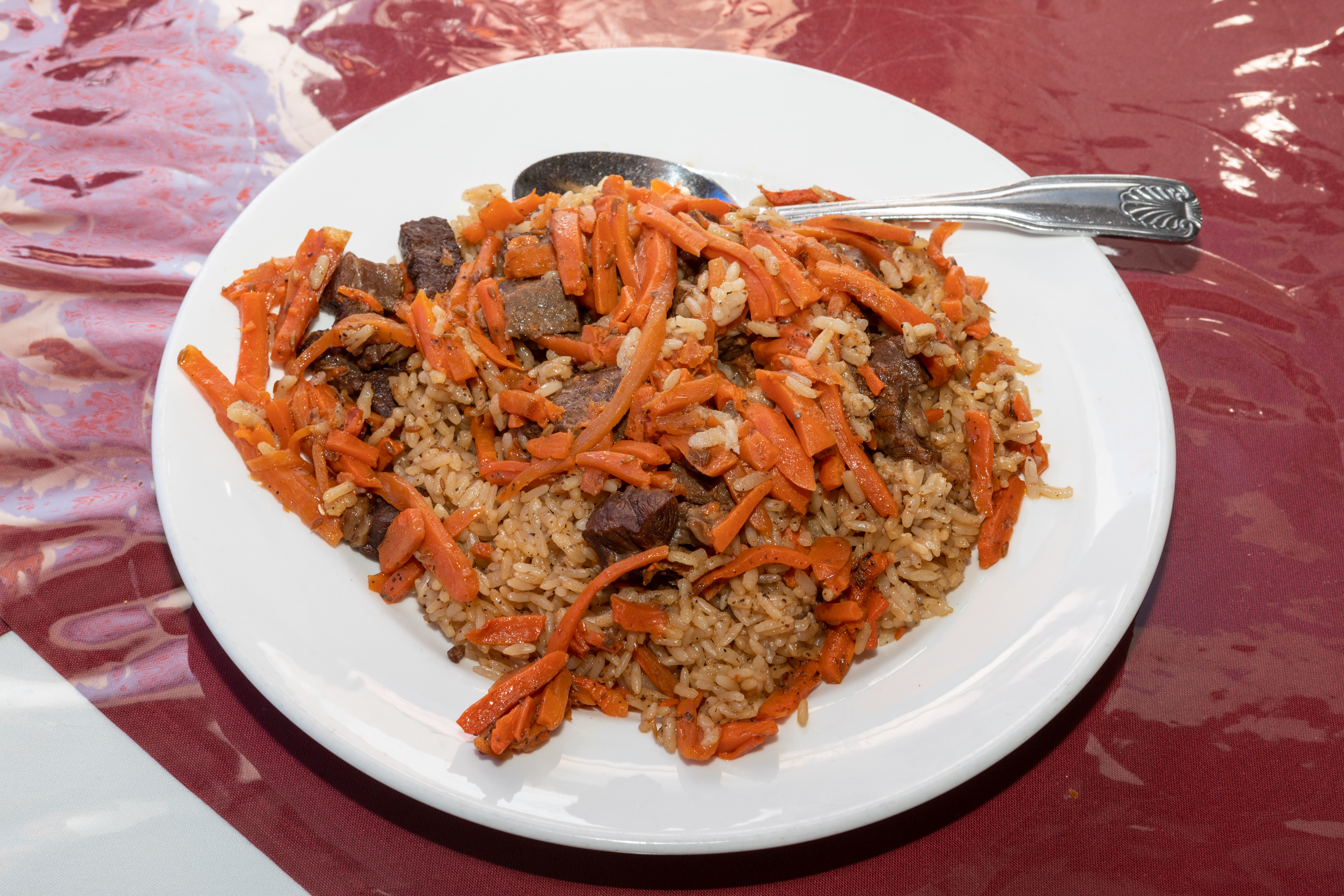
Not far away is Le Marais on 46th and 7th, making it just slightly out of the Diamond District, but it might as well be considered part of it when you look at the clientele. The kosher steakhouse might not be as well-known as other city stalwarts like Keens or Smith & Wollensky, but I believe it’s low-key one of the best places in the city for carnivores. They’re known for their steaks, but the veal tongue taco is a huge winner and they have a strong handle on the poultry they serve. It’s kosher, but the influence mostly comes from French bistros.
You won’t lack street food in pretty much any Manhattan neighborhood, but I’m partial to Moshe’s stuffed pita that’s the size of a baseball glove and comes topped with French fries. You might need to pull a Costanza and nap under your desk after you finish, but it’s worth it.
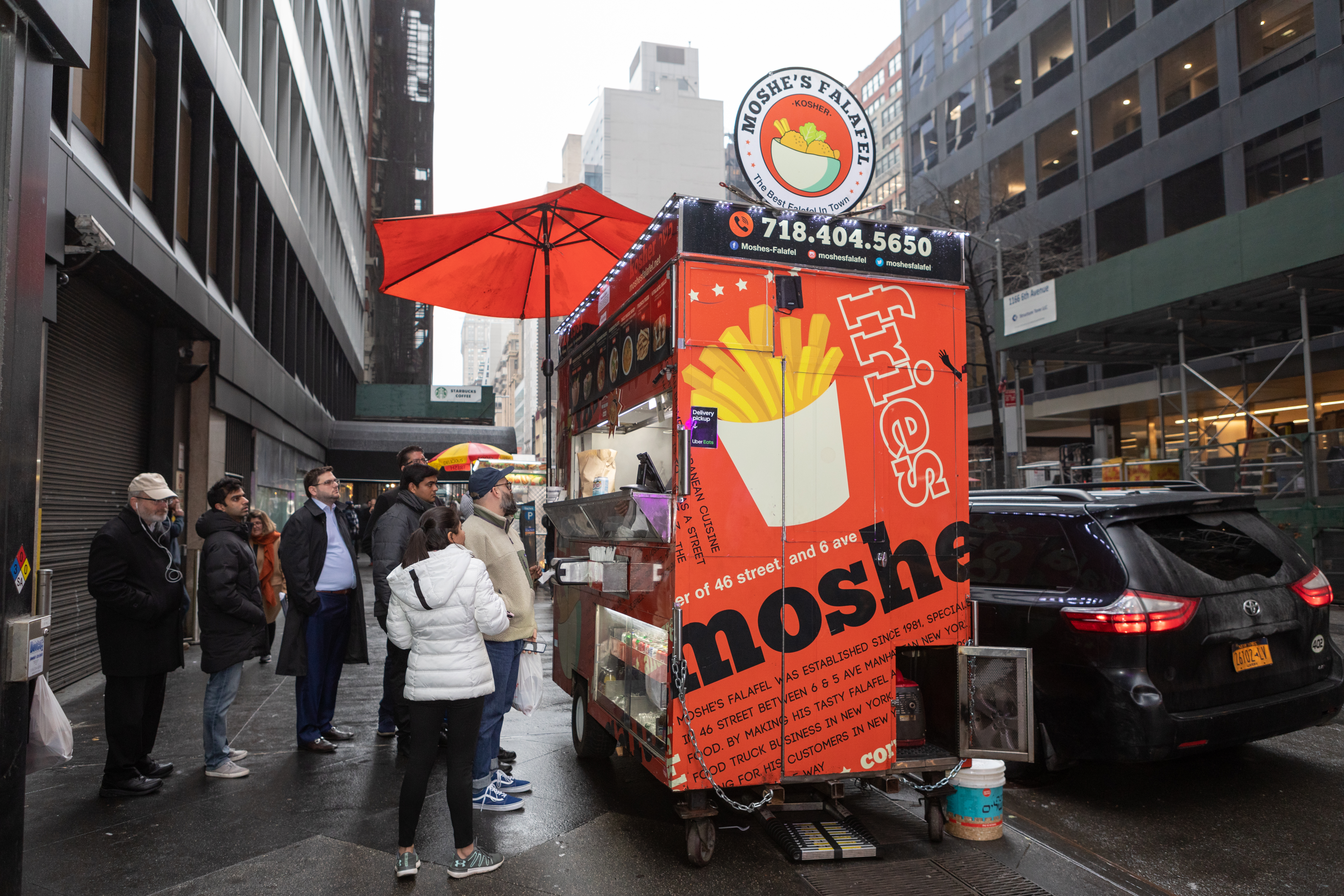
I ask Uri if there are other spots I’ve been missing on my visits to the Diamond District. I mention I heard there’s food at the Diamond Dealers Club, but I wasn’t sure if just anybody could walk in there and buy it. Once called “The City’s Most Exclusive Club” by the New York Times long before places like Soho House and Norwood started popping up, it relocated the trading floor to the Gem Tower, but I liked the 1979 NYT description of the old place having “all the charm of a high‐school cafeteria.” Uri ignores my questions and instead asks why I’m so curious to find other places to eat when there’s a Chick-fil-A right around the corner. I tell him I just like a certain kind of eating experience, something that feels a little more honest, and you can’t find anywhere else.

Uri shrugs and tosses his cigarette. He then tells me to come over to the store he works from, look at something for my wife and he can ask the other people he works with if there are any other places I should try.
“You buy some jewelry, you have some food. It will be good,” he says.
Join America's Fastest Growing Spirits Newsletter THE SPILL. Unlock all the reviews, recipes and revelry — and get 15% off award-winning La Tierra de Acre Mezcal.
